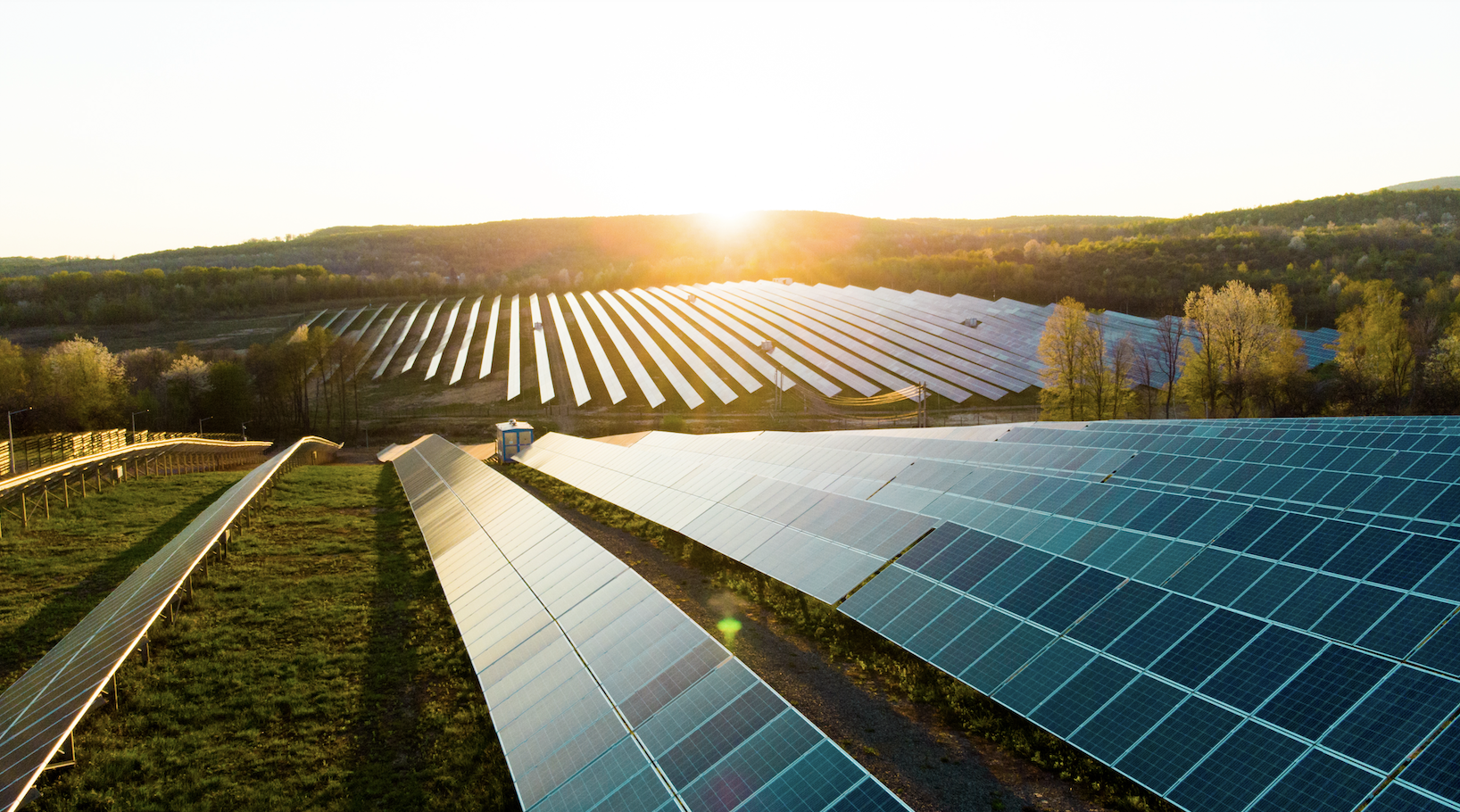Time to read : 3 Minutes
From the sun and wind to our rivers and even the ocean, Australia is using our wealth of natural resources to generate more sustainable energy than ever before.
♻️ But is the switch from coal to green living happening fast enough to outrun climate change? And what can we all do to help Australia win the race towards a sustainable future?
What you need to know
The future of energy is pretty clear. Fossil fuels are out and green living is in.
🔋But how is sustainable energy developing, and is Australia on track to achieve net zero by 2050?
For a brief period on 19 August 2022, solar overtook coal as the number-one source of energy in Australia for the first time ever.
Joshua Stabler from Energy Edge told ABC News, "Coal has been at times up to 80 or 90% of the amount of energy coming into the market, which means that this is a big event."
It’s not just solar energy that’s kicking goals. In 2021, wind was Australia’s leading source of clean energy. It generated 35.9% of our annual renewable energy, and 11.7% of our total electricity.
Hydro energy is also doing some heavy lifting. It accounted for 21.58% of Australia’s renewable energy generation in 2021.
New sustainable energy technologies may also super-charge our transition to green power. The CSIRO reports that energy generated by ocean waves has the potential to power a city the size of Melbourne by 2050.
🌏 Australia’s lawmakers are also finally getting serious about climate change. Federal Parliament has passed new legislation that formalises the government’s commitment to cut carbon emissions by 43% by 2030 and achieve net zero by 2050.
You can learn more about green energy in Australia here
What you can do
We can all work together to help reduce emissions – whether that’s buying an electric car or just composting your kitchen scraps.
1. Switch your home to renewable power
Your energy provider may offer a free carbon offsetting program, or charge as little as $1 per week to offset your carbon emissions.
GreenPower plans offer 100% sustainable energy, but you’ll likely pay a little more – usually around five to eight cents per kilowatt hour more than for non-renewable electricity.
A roof-top solar power system can help to reduce your energy bill and sell green power back into the grid. Households typically make their money back in three to six years. You can learn more about why you should use solar panels here
2. Consider your transport footprint
Hybrid, plug-in hybrid (PHEV) and electric cars are all helping to reduce carbon emissions on the road. They typically come with a higher price tag than petrol alternatives, but you’ll likely save on running costs.
But you don’t have to spend big to save carbon on the road. Carpooling can help to reduce emissions – and save you money. Carpooling apps make finding, scheduling and sharing the cost of rides easy.
Public transport is not only easy on the wallet, it’s also better for the planet. Taking public transport may cut your emissions by around 45% compared to a single-passenger car.
3. Reduce, reuse, repair, recycle
Reusable shopping bags, keep cups and drink bottles can be a great way to immediately reduce waste and the carbon emissions associated with manufacturing single-use packaging.
Why not consider composting your kitchen scraps? It means fewer petrol-guzzling garbage trucks on the road, and it’s great for your carbon-capturing garden.
Repairing, upcycling or even making your own clothes can help to keep you out of the carbon-hungry fast fashion industry. Or do some thrift shopping instead!
Real-world green living tips
Real people are making a difference every day with small green living actions just like these…
🥕 Susie @findyourownhope keeps a small bin on her kitchen bench to collect food scraps: “I find this makes it easier to take into the yard for composting, which is a fantastic way to reduce your household's food waste!” 💡Jess @plasticfreeherbivore has changed her household light bulbs to LEDs: “LED lights last up to six times longer than other types of lights. A longer life span means lower carbon emissions.” 🗑️ Vivian @vivianharris45 has done an annual household waste audit for 11 years: “During that time I have halved our waste per person per day, and dropped our landfill waste per person per day by 83%.”
Bottom line
While green power and electric cars are still more expensive than emissions-heavy alternatives, prices will likely continue to fall as sustainable technologies become better and more widely available.
🫶 In the meantime, there are plenty of small, every-day actions we can all take to reduce our carbon footprint on the way to net zero by 2050.
Disclaimer:
